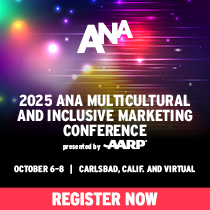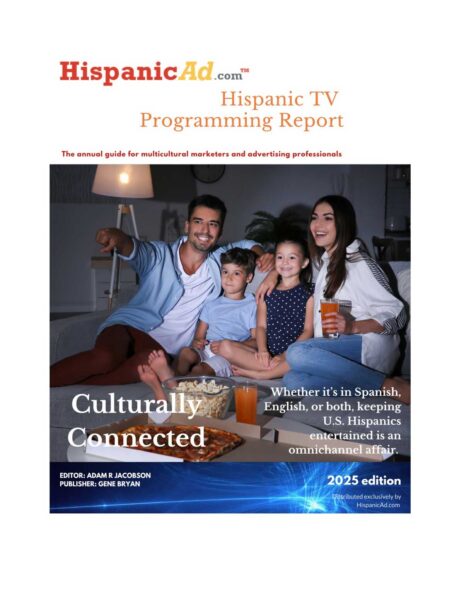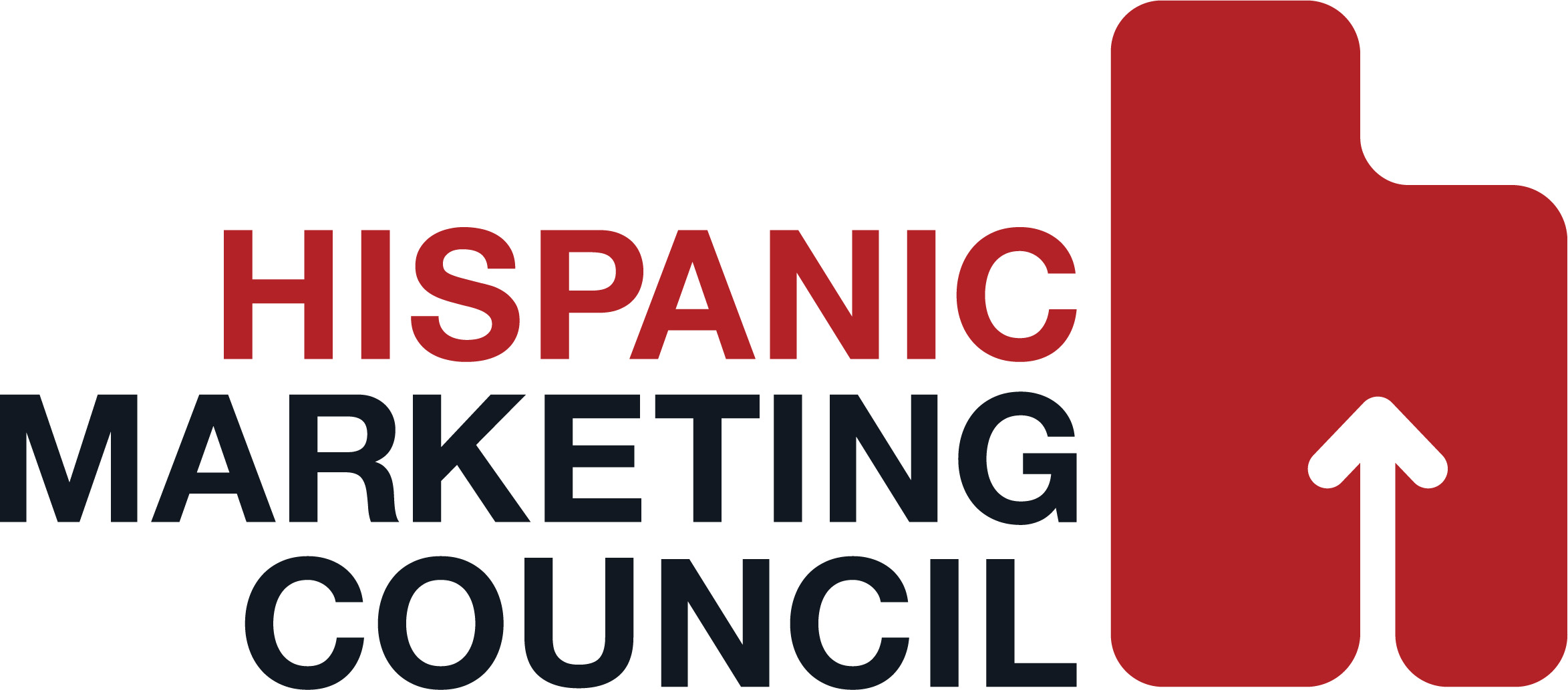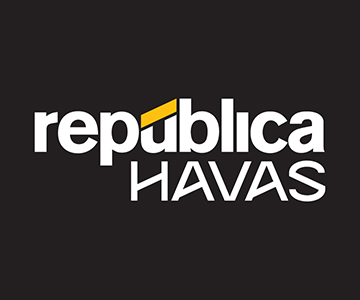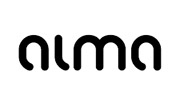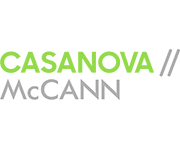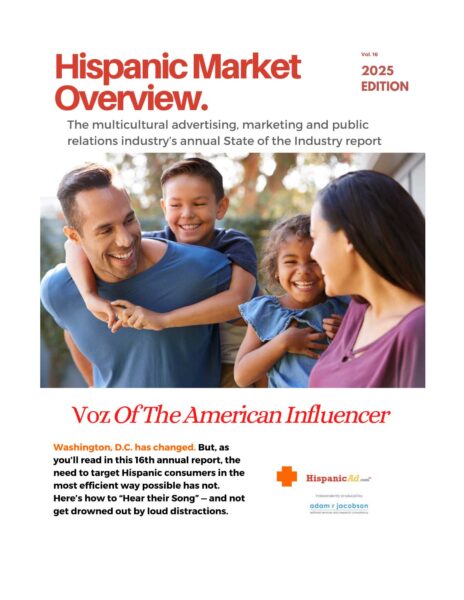From Surveys to Predictions: How Predictive Market Research is Shifting the Industry
May 20, 2025

For decades, the foundation of market research rested on one powerful tool: the survey. It was the standard way to understand consumers, what they like, want, and feel. Researchers spent years mastering the art of crafting questions, selecting the right sample, and interpreting the answers. And for a long time, that worked well.
But over the last few years, something fundamental has changed.
As the digital world expanded, so did the ways consumers interact with brands. People now browse online stores, leave reviews, post on social media, click on ads, abandon carts, binge-watch videos, and scroll through countless pieces of content. Each of these actions generates a trail of data. These behavioral breadcrumbs reveal more than a simple survey ever could.
Shift to Behavioral Data and Predictive Market Research
But a new era of predictive market research is emerging, one that relies less on what consumers say and more on what their behavior reveals. With the help of predictive analytics, researchers are not just looking at current trends, they’re forecasting future ones.
The shift is happening for good reason. In today’s hyper-competitive, always-on business environment, companies need faster, deeper, and more accurate insights to make decisions. Waiting days or weeks for survey responses isn’t always practical, especially when product launches, ad campaigns, and market shifts happen at the speed of social media. Predictive insights, powered by machine learning and advanced analytics, are giving businesses the edge they need by offering a more dynamic and forward-looking understanding of consumer behavior.
This is especially relevant for industries where consumer expectations shift quickly, like retail, consumer tech, travel, and even healthcare. Imagine being able to predict what your customers are likely to buy next month, which messages will resonate best, or which audience segments are most likely to churn. That’s not science fiction. It’s becoming the reality for modern market research.
AI Tools vs. Traditional Methods
The tools driving this shift are growing more advanced every day. Artificial intelligence (AI) can now comb through huge datasets, like website analytics, purchase history, CRM data, and social media posts, to identify patterns, spot anomalies, and generate forecasts with surprising accuracy. But it is not just about the numbers. These tools are translating raw data into clear, actionable insights, helping researchers and strategists move from descriptive data (“what happened”) to prescriptive guidance (“what to do next”). The integration of behavioral data and AI is at the heart of predictive market research, allowing for faster and more accurate decisions.
Of course, this doesn’t mean traditional methods are obsolete. Surveys still play a critical role in understanding motivations, emotions, and the “why” behind consumer actions. They’re particularly useful in early-stage product development, brand perception studies, and testing creative concepts. But increasingly, surveys are being complemented or even preceded by predictive techniques that shape where and how questions are asked.
There’s also a shift in how research teams are structured. We’re seeing data scientists working alongside qualitative researchers, blending statistical modeling with human-centered design thinking. The most forward-thinking research departments aren’t picking one method over the other. Instead, they are integrating them to get a more complete, nuanced view of the market.
Ethical Responsibility
But with all this advancement comes a new responsibility. Predictive analytics depends on data, and a lot of it. Market researchers must now be more mindful than ever about how that data is collected, stored, and used. Data privacy laws are tightening, and consumers are becoming more aware of how their information is being tracked. Trust and transparency are quickly becoming just as important as accuracy.
At its core, market research is still about understanding people. That hasn’t changed. What has changed is the how. Instead of relying solely on consumers to tell us what they think through a form or a phone call, we now have the tools to listen to what their actions are already saying. And in many ways, those actions tell a more complete story.
We’re entering the era of predictive market research, where data doesn’t just describe what happened, it guides what to do next. For researchers, analysts, and business leaders alike, the question isn’t if they should adapt, but how fast they can.











